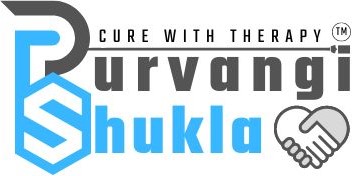A successful corporate training program encompasses several key elements that contribute to its effectiveness. Here are some factors that can make a training program successful:
Key elements of effective corporate training
Alignment with Organizational Goals:
The training program should be closely aligned with the overall goals and objectives of the organization. It should address specific skill gaps or performance issues that are hindering the company’s progress. By focusing on relevant training topics, the program becomes more meaningful and beneficial to both the employees and the organization.
Needs Assessment:
Prior to implementing the training program, conducting a thorough needs assessment is crucial. This assessment helps identify the specific training needs of employees, teams, or departments. It enables the training program to be tailored to address the most critical areas, ensuring that the training is relevant and targeted.
Clear Learning Objectives:
Setting clear and measurable learning objectives is essential. Learning objectives define what participants are expected to achieve at the end of the training. They provide direction and focus, enabling participants to understand the purpose of the training and what skills or knowledge they will gain.
Engaging and Interactive Content:
Training programs should utilize engaging and interactive content to enhance participant involvement and retention of information. Incorporating a variety of training methods such as presentations, group discussions, case studies, role-plays, simulations, and hands-on activities keeps participants actively engaged and promotes better learning outcomes.
Expert Facilitators:
Competent and experienced facilitators play a crucial role in the success of a training program. They should have deep subject matter expertise, strong facilitation skills, and the ability to effectively engage participants. Skilled facilitators create a positive learning environment, encourage active participation, address questions and concerns, and provide valuable insights and examples.
Continuous Evaluation and Feedback:
Regular evaluation and feedback mechanisms should be in place throughout the training program. Pre- and post-assessments, surveys, and participant feedback sessions help gauge the effectiveness of the training and identify areas for improvement. Monitoring participant progress and incorporating feedback ensures that the training program remains relevant and impactful.
Application of Learning:
A successful training program focuses not only on the delivery of knowledge and skills but also on their practical application. Participants should have opportunities to practice newly acquired skills, receive constructive feedback, and apply their learning to real-world scenarios. Incorporating on-the-job training, mentorship programs, or follow-up sessions can help reinforce and solidify the learning experience.
Supportive Learning Environment:
The organizational culture and environment play a significant role in the success of a training program. A supportive culture encourages continuous learning, provides resources for ongoing development, and recognizes and rewards employees who apply their learning. Managers and supervisors should actively support and reinforce the training initiatives, emphasizing their importance and value.
Measurable Outcomes:
A successful training program should have measurable outcomes and be able to demonstrate a return on investment (ROI). Measuring the impact of training can be done through performance evaluations, productivity metrics, employee satisfaction surveys, and other relevant indicators. By tracking and analyzing these outcomes, organizations can assess the effectiveness of the training program and make informed decisions for future initiatives.
Continuous Improvement:
A successful corporate training program is a continuous process that evolves over time. By gathering feedback, analyzing results, and incorporating lessons learned, organizations can continuously improve their training programs. This interactive approach ensures that the training remains relevant, up-to-date, and aligned with changing business needs and employee development requirements.
By considering these factors, organizations can design and implement effective training programs that enhance employee skills, productivity, and overall organizational success.


